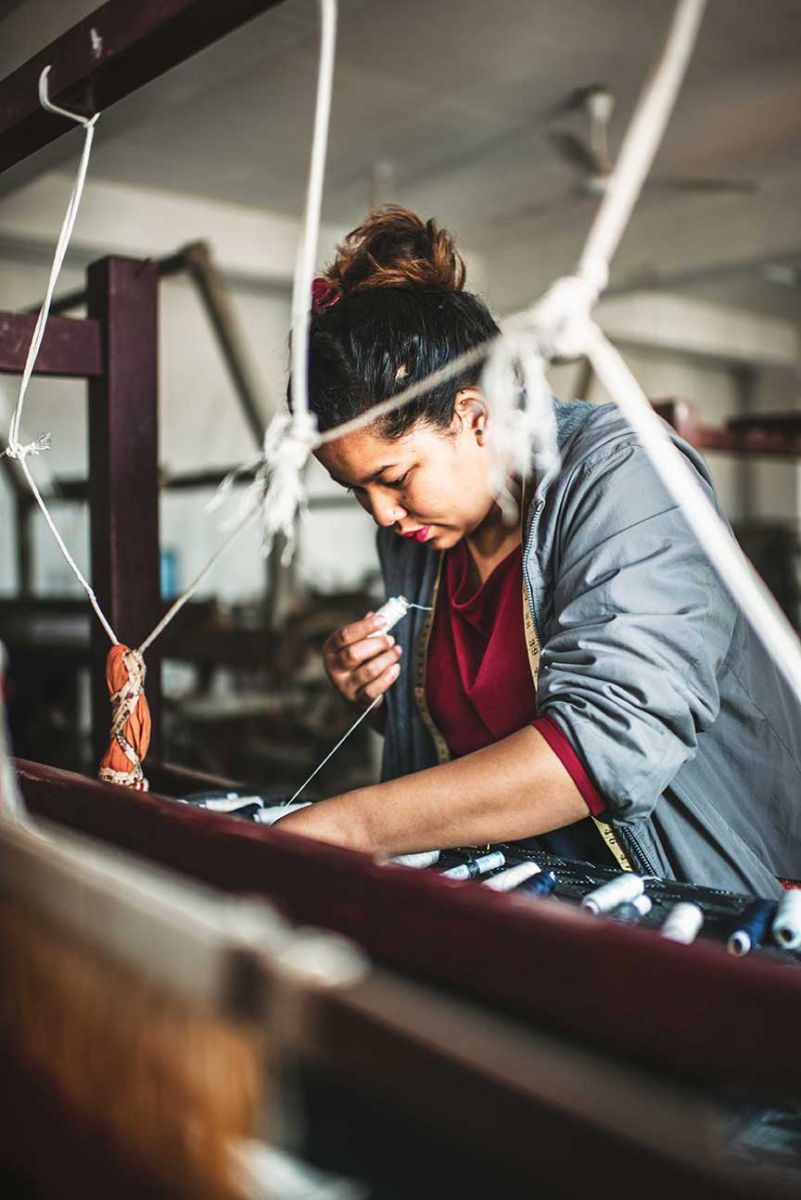
Already a pioneer of the concept store, Timro is not resting on its laurels
Timro Concept Store has been, since they opened in April 2017, a pioneer in the field of curated craft retail: their shop provides a space for makers of all sort of goods, the only necessary connection being that all are “Made in Nepal.”
As co-founder Anouk Versteeg Tamrakar explained, “We came to know there was a gap between people’s great ideas and the market.” Currently the shop stocks items by 34 suppliers, from large to small. “They might only have one product, but we don’t want to miss out,” she says, and it’s thanks to her and her team’s curiosity and drive that Timro’s shelves are filled with unique and interesting treasures. And though everything on display is made in Nepal, some are designed by international designers. “The reason we do that is because we think that brands that produce in Nepal have a responsibility of also selling quality products in the local market,” that is to say, not their leftovers. It’s a great ethos, and one that has led to customers discovering many gems on their shelves over the past few years—including similar products across different price ranges, for example there are inexpensive yet beautiful scarves all the way up to the finest pashmina. And while I may not be able to afford those items on the higher end of the spectrum, I appreciate and am fully behind the showcasing of these high-quality, even luxury items for those who can. These are things Nepal should be more know for.
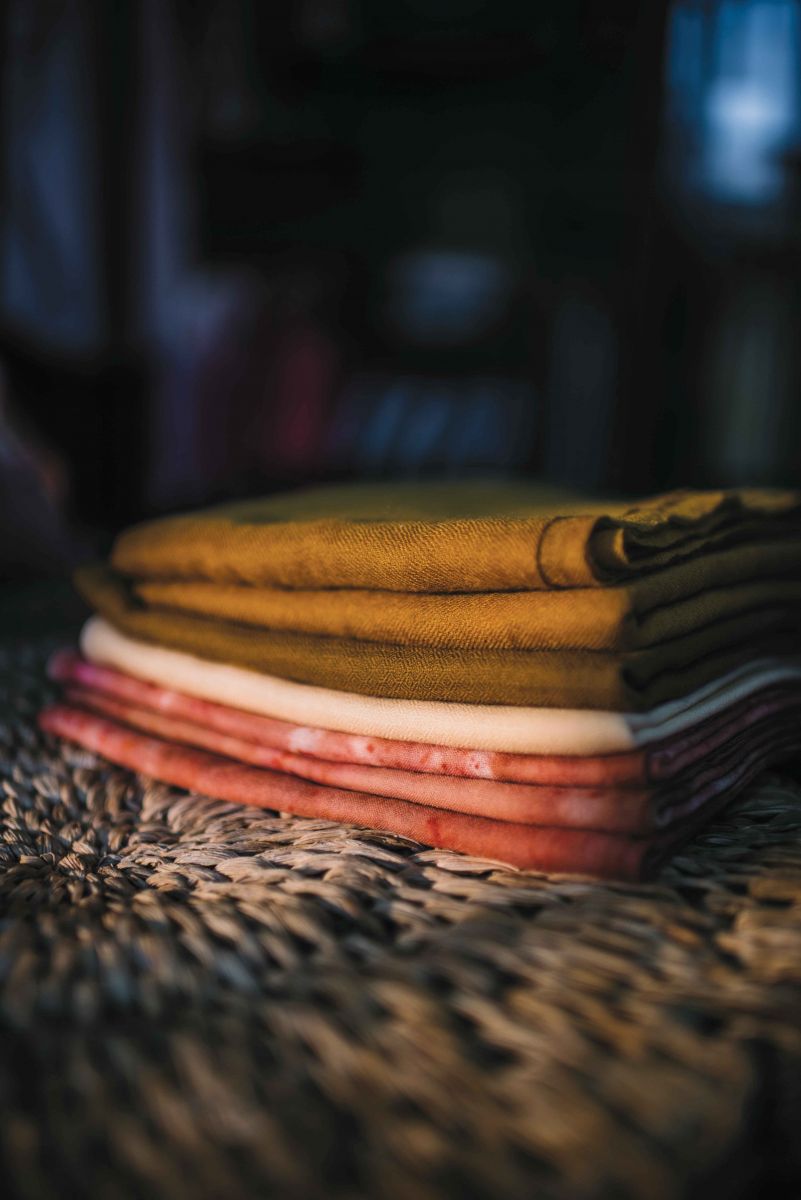

But how did this great idea come about? “I have an art background,” said Anouk, “so when I came to Nepal and eventually got married and settled here – I guess you go for the things you are passionate about, so your network grows with like-minded people, and that developed into this, when we saw these amazing products that were not seen in the local market.” And they don’t only sell products, but the team also works with makers of all kinds to help them make their ideas sellable—not all artists are business people, after all, and providing this marketing guidance is making it possible for more artisans to showcase their work and make it available to a wider pool of customers.
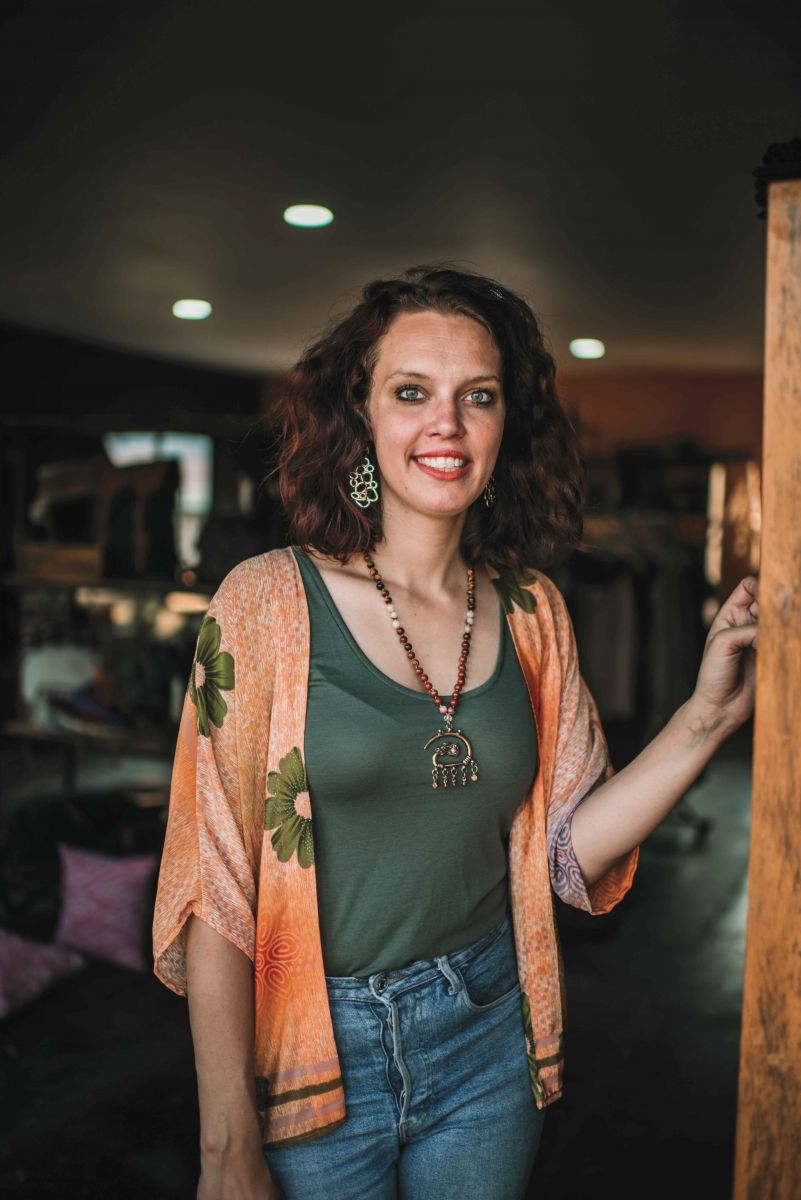
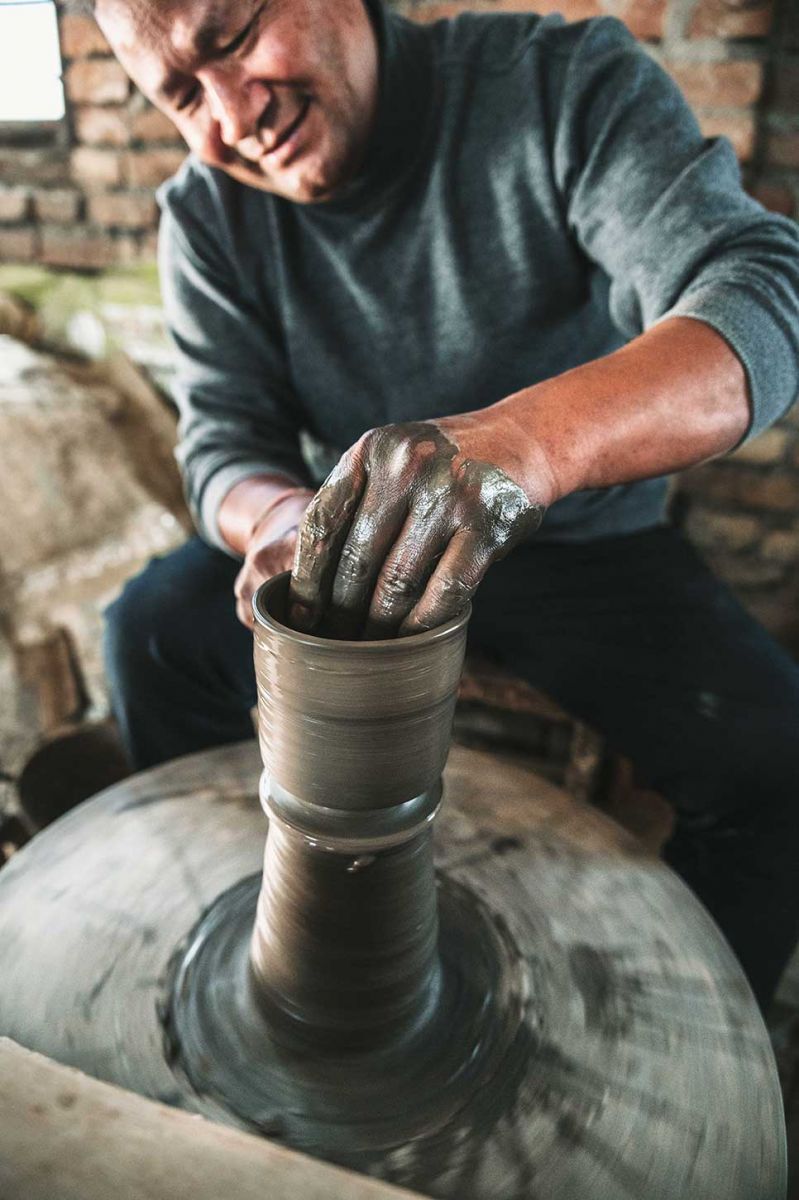
Now the Timro team is taking it to the next level: they have moved from their flagship store to new, larger premises in Bakhundole, a space that will house not just the Timro Concept Store but also Timro Academy and Timro Expeditions. The latter will focus on experiences in arts, crafts and heritage. But the one I’m really interested in is Timro Academy, a fantastic idea that I think will really be a game-changer in promoting not just crafts but those who make them and their process.
Timro Academy’s thrust is two-pronged: the first is giving the support that is needed for local entrepreneurs and designers to bring their products to the market and turn their ideas into reality, as mentioned above. The second is skills training, both for individuals who want to learn more about Nepali traditional making processes via skill based workshops—whether as a hobby or a business—and also training workshops for groups, like the NGO that approached them to design a soap making workshop for women in Chitwan. Anouk sees it as a way to connect artisans with people eager to learn, which in the process will draw more attention to these superbly talented individuals and their art.
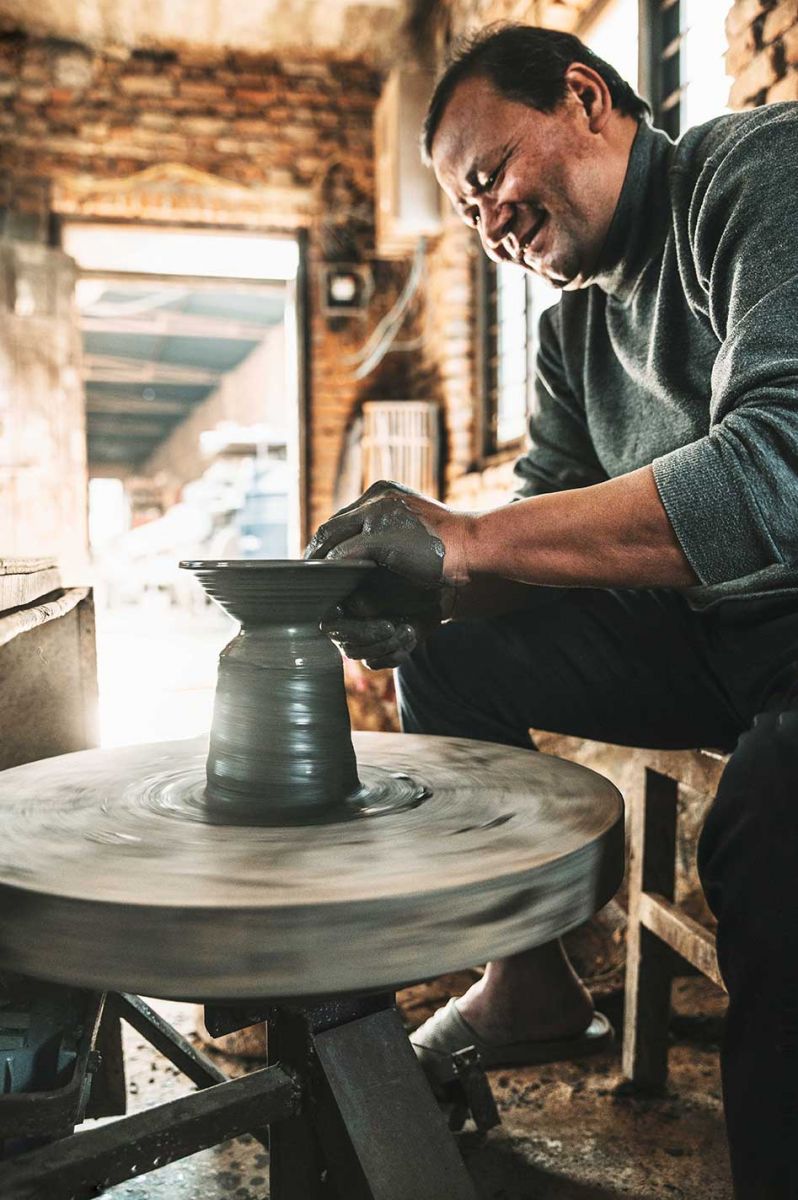

“We want to connect the dots, the knowledge we have, the knowledge our network has—it could be anything!” She also believes it will enhance their team members’ overall experience when all of the steps and connections are in one building, that way all can learn from each other, overlap jobs—shop staff can attend makers’ workshops in areas they are particularly interested in, for example, and they will thus know the story behind the products. They also plan to launch their own collective to support craftsmen that they believe should have more visibility in the local market—particularly those using skills and indigenous materials that are not used as frequently.
As if that wasn’t enough, Anouk and her team are also involved in working to get Nepali products into expos around the world. They are passionate about all things made in Nepal and want to change people’s minds and show the quality that can be made here. As she puts it, “We have a high quality and level of skill here, but it’s not always seen.” In the meantime, the team at Timro is doing all in their power to change that erroneous mindset, highlighting lesser known production methods and materials, and ensuring that anyone who wants to have a space to showcase their quality products can, no matter their size or experience. I can’t help but wish them every success going forward, because succeeding is not something they are doing alone—they are determined to bring everyone and anyone they can with them. It’s going to be a great ride.
Photographer credit: Ayla Maagdenberg www.aylamaagdenberg.nl










